There’s a vast historical background and diverse cultural richness waiting to be explored in Iran. In a nutshell, it can be summarized into two major eras both leaving powerful impacts on the history of the people living inside and outside this country. I’m talking about pre-Islam in this post and will explain post-Islam periods in the next post.
During your visit to Iran and learning about its history, you will find out that Iranians have suffered from lots of disturbances, instability, and aggression. Many have come and gone. They have left some powerful impacts and received powerful influences from Iranians’ culture, arts, architecture, etc too.
Highlights of Pre-Islam Iran
There is a large series of events, innovations, inventions, etc introduced to the world by Iranians since antiquity. Here are some of them:
Large Empires & Persian Empire
Although there were several ethnic groups living in what we know as the Iranian plateau, the people living here have ruled their territories in form of large governments, regional empires, global empires, etc.
Elamites had the control over South of Iran from Mesopotamia to India approximately 5000 years ago. Medes were the first Aryans who established a large empire in the region around 1000 years ago and brought an end to the brutal dominion of Assyrians. Achaemenians formed the first centralized government that was extended from western China to Eastern Europe and from the Caucasus mountains to the south of today’s small countries below the Persian Gulf.
Parthians and Sassanians were two powerful empires that began by Iranians and contributed a lot to spreading Iranian arts, culture, etc to various parts of the world. As a result of foreign invasions to Iran, the large empires formed later set up their capital cities in Iran and ruled from there. They are empires such as Seljuks, Ilkhanids (Mongols), and Timurids.
Among all the above, the Persian Empire established by Cyrus the Great in 550 BC was based on respecting all ethnic groups and tolerating a variety of beliefs, traditions, and so forth. Cyrus is the father of our nation. It’s only because of his accomplishment that we have a country called Iran.
Ancient Religions
Iran has been the land of ancient religions influencing other religions that emerged later. When you take a trip to Iran, you will find out about ancient religions such as Mithraism, Zoroastrianism, and Manichaeism. Each of these religions has influenced the people of their time very much and attracted several believers.
Mithraism was a religion that worshiped the old Persian god of the Sun called Mithra/Mitra. It was largely worshiped among Iranians and continued throughout the time of the subsequent religions. At the time of the Persian-Roman wars, this religion went to Rome and left unspeakable impacts on Christianity emerged later. The followers of this religion prayed five times a day at specific times depending on the location of the Sun in the sky.
Zarathustra, the Iranian prophet, introduced Zoroastrianism, the belief in one god (monotheism) that was vastly spread among Iranians. They believed in the absolute spiritual quality of life after death and the preservation of four major elements in nature. They believed humans should keep water, earth, air, and light clean and keep them away from any contamination. This is one of the official religions in Iran today and there are some followers who go to their fire temples. They also prayed five times a day depending on the location of the Sun in the sky.
Manichaeism was started by another Iranian prophet called Mani and thrived during the 3rd to 7th centuries when Sassanians were in power in Iran. As this dynasty was supported and somehow run by Zoroastrian priests in the power structure and they were not tolerant of other religions, Manichaeists were persecuted very much but continued their beliefs in two major powers of a good spiritual world of light and an evil material world of darkness.
There are some elements of Zoroastrianism, Christianity, and Buddhism in this religion as Mani believed that he had put forward the complete version of these beliefs. He was of the opinion that the followers of these beliefs have corrupted and misinterpreted them. The ongoing battle of the heads of power of light and darkness had created a moral dualism that calls people to choose between good and evil.
Engineering and Architecture
The Elamite Ziggurat temple, the Achaemenian Palace compound of Persepolis, and Kariz underground aqueducts as well as bridges, roads, caravansaries, and water mills, etc of Sassanins are indicative examples of how Iranians put their engineering and architecture knowledge into practice and came up with innovative solutions to bring life and beauty to their communities.
Tchogha Zanbil Ziggurat near the ancient town of Shush (Susa) is a great example of building massive structure with plain and glazed bricks, arches, decorations, etc in 1250 BC in Iran. This monument is still standing at its place and is open to visitors as a world heritage site.
Persepolis offers the splendor of Iranian ceremonial palaces where the most efficient artists and artisans of the world had been employed to implement their ultimate art to create a gathering place of 23 united nations under Achaemenians. The dimension of the work together with the subtleness of the rock relives still creates a breathtaking atmosphere for its visitors.
Achaemenians were the pioneers of caravansaries that were served like ancient motels for the security and comfort of travelers. They were built on the route of caravans who traveled across the Persian Empire taking the roads constructed by the empire. Some of such roads were up to 2500 km and helped the ancient Iranian mailing service (Chapar), which was the fastest of its time, to carry letters, parcels, etc to different parts of the vast empire.
Iranians have invented underground water supplement systems without which human life could not exist and continue in the arid and semi-arid deserts at this part of the world. This technique was later taken to Africa, China, Europe and Even Mexico. The system is still in use in central Iran and efficiently provides water for the most remote areas in which people’s lives and agriculture depend on it.
Sassanians have created fascinating rock relives, domed-chamber palaces and huge bridges on big rivers of Iran. Most of the large rivers are situated on western and southwestern Iran where these bridges can still be found. Iranian engineers had constructed solid foundations for their arched-style brick-made bridges some of which are still standing despite a large number of times when floods had stricken them. The force of the water was also harnessed to operate water mills for making flour out of grains like wheat and barley.
Contribution of Pre-Islam Iran to Post-Islam Era
In the next post, I will explain how the above has helped the lives of people during the centuries that came afterward and how Iranians have continued to contribute to the development of arts, architecture, and more in the post-Islam period.




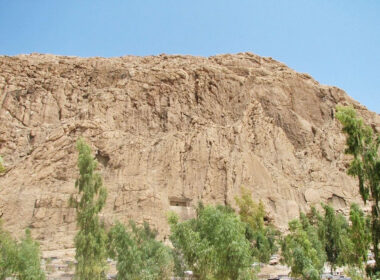
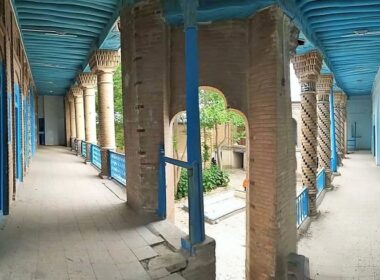
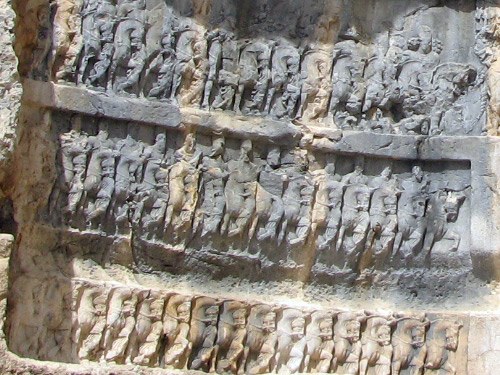
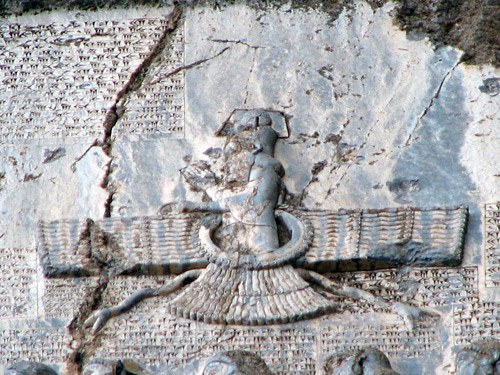
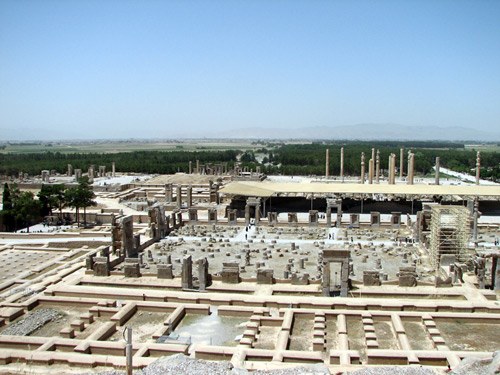
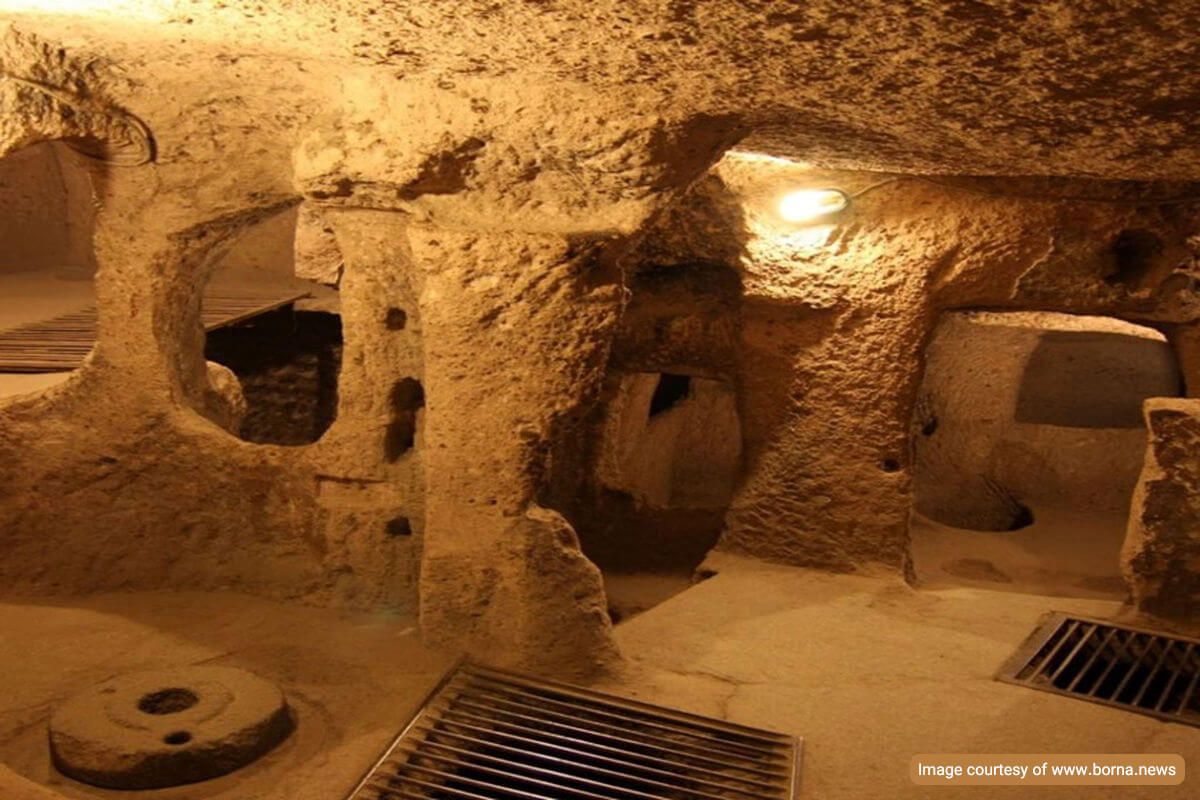
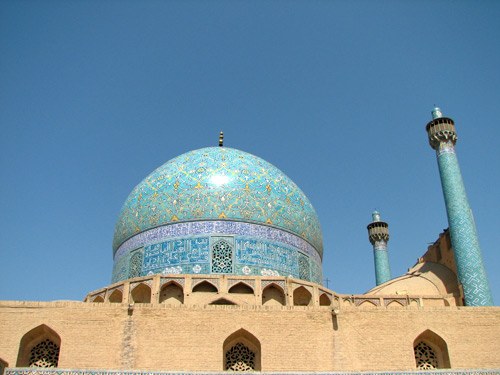
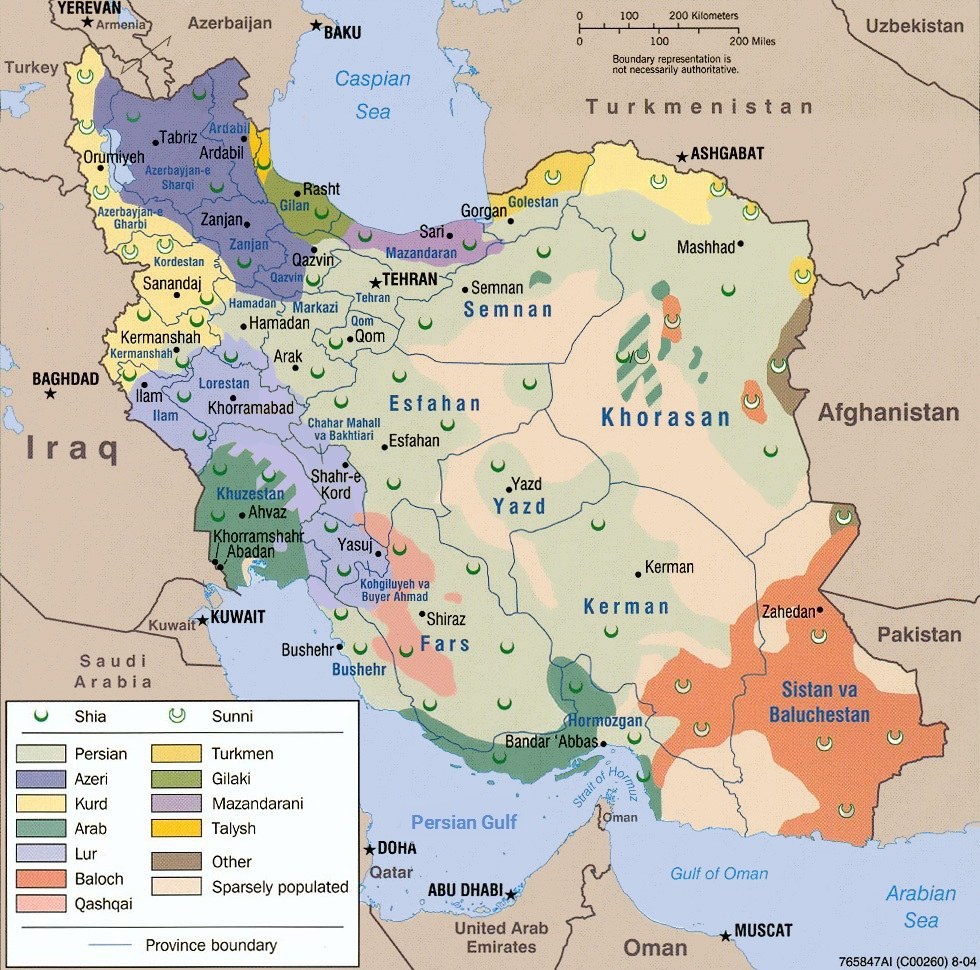
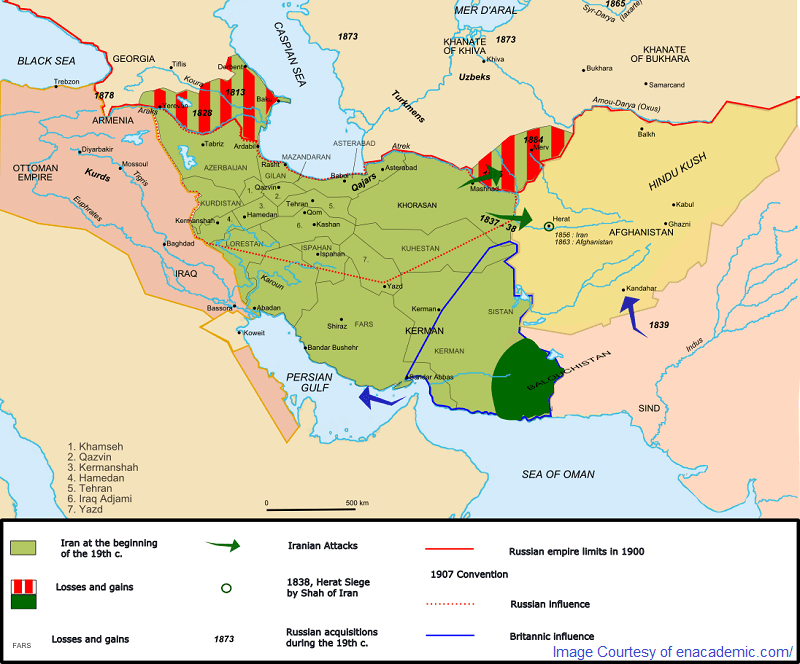
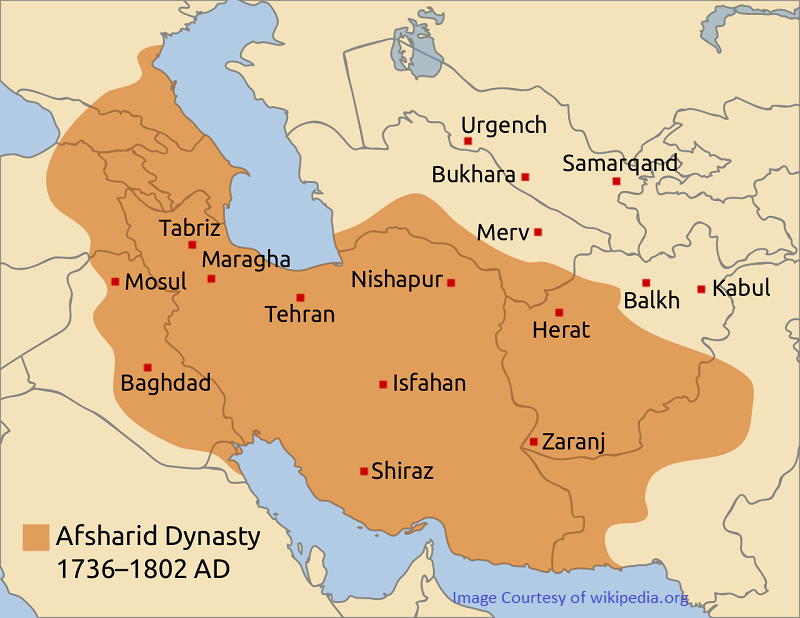
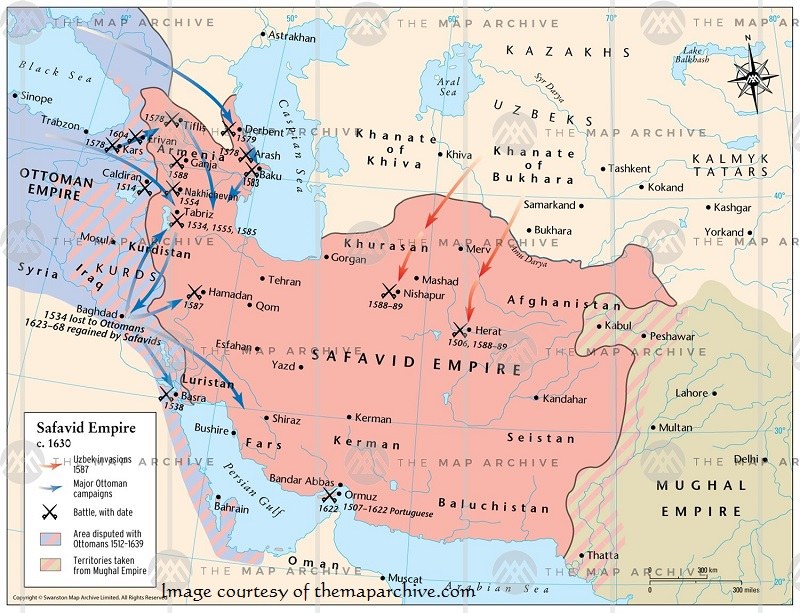



WONDERFUL article, Rahman.
Best wishes, and hope you have LOTS of readers!
Gwen
Thank you Gwen. I’m happy you like the content of the article.